Microbial Air Sampler: Principle, Purposes, and Types
Air can harvest many different kinds of microorganisms. So, monitoring air quality is an essential criterion in quality control in laboratories. Air quality monitoring can be done either by collecting air samples or passively by settled plate methods. The microbial air sampler is a way to collect air samples for active air quality monitoring.
Microbial air samplers are laboratory equipment that helps in collecting a fixed volume of air through it from the testing area. The microbial air sampler can be of various types based on the size and medium of the air collected. It is widely applicable in quality control laboratories, pharmaceuticals, and food industries. It is a crucial requirement for laboratories that require the utmost sterile environment.
Table of Contents
Types of Microbial Air Samplers
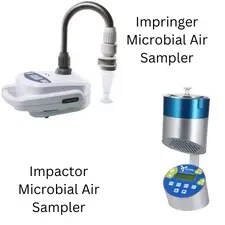
Based on the state of the collecting medium
- Solid-based medium (Impactor): The impactor uses an agar plate, and size based differentiating of air particles occurs by sieving air through multiple porous orifices. It helps determine viable microorganisms.
- Liquid-based medium (Impinger): The impinger uses a liquid-based medium, and air flow through the inlet helps transfer air to the medium. Here the particles in the air strike through the liquid medium but do not pass through the medium.
Based on size

- Portable microbial air sampler: Sometimes, air quality monitoring might extend beyond indoor or laboratory conditions. In such cases, a portable battery-operated microbial air sampler is the best choice. It is easy to carry and gives the same result as a benchtop microbial air sampler.
- Benchtop microbial air sampler. This type of microbial air sampler is larger than the portable one. It must be fixed to a specific portion of the bench in the laboratory and is best for research and laboratory air quality monitoring.
Principle of Impactor Microbial Air Sampler
The microbial air sampler is based on Anderson’s principles of the sieve impactor method. Here for the collection cycle, the air is aspirated through a perforated plate. The steam of air is now directed towards the agar surface in a standard Petri dish in the test tube. After the collection cycle, the agar plate is incubated at normal incubation temperature for one to two days. After incubation, the colonies are counted and expressed as colony-forming units (cfu/ml). This method is also known as the impactor method. Two types of impactor methods are used; six-stage and two-stage. The six-stage impactor has multiple orifices and is applicable in measuring the concentration and particle size distribution of aerobic bacteria and fungi in the ambient air. It is also helpful in the enumeration of viable particles in the air. The six-stage impactor does not separate particles based on size.
The two-stage impactor also has multiple orifices in cascade. This type is used when size distribution is not a factor and only respirable and non-respirable distribution or total count is required. It separates almost all the viable microorganisms above 0.8 microns.
Accessories of Impactor Microbial Air Sampler
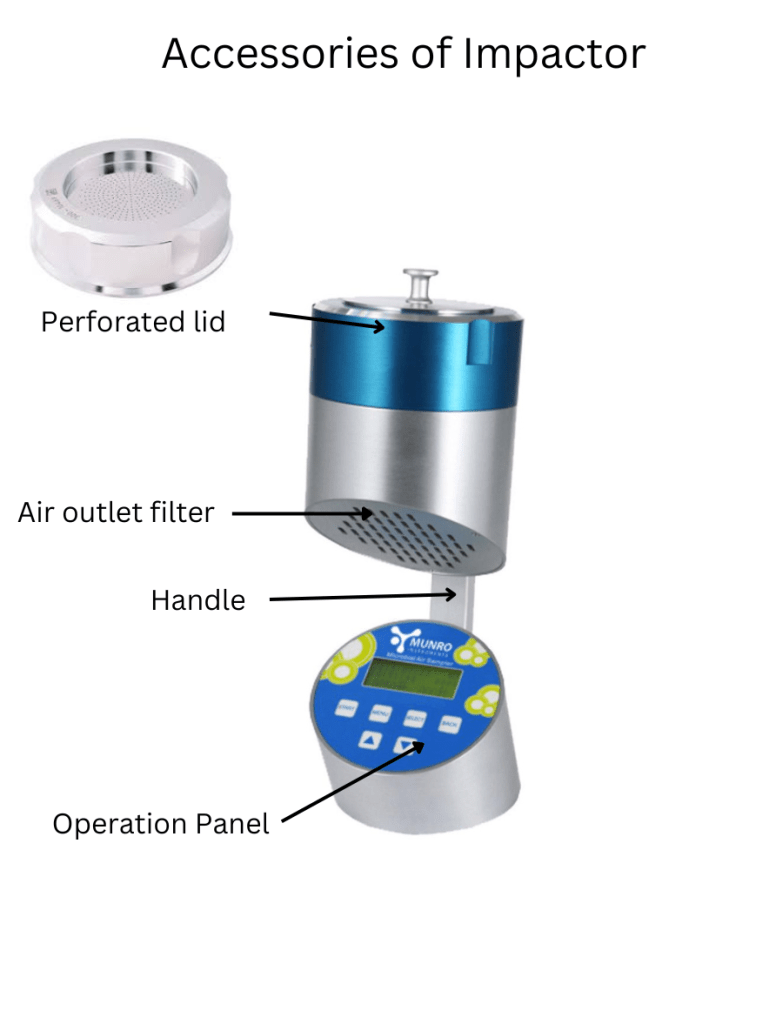
The parts or impactor microbial air sampler are as follows:
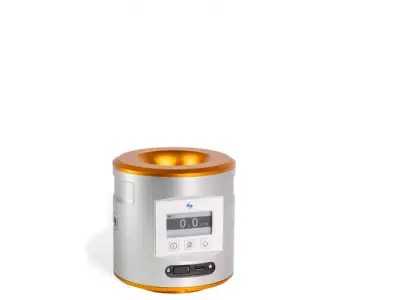
- Sampling head cover: It covers the Petri plate and is present in the topmost part of the equipment.
- Porous sampling head: It is the area at the top of the microbial air sampler which helps collect air samples.
- Pump: It helps in pulling the air through the impactor.
- Sampling pump cover: It separates the pump from the Petri plate.
- Handle: It helps to carry the equipment from one place to another.
- Operation panel: It has an ON/OFF switch for turning on the equipment. It also has start and stop buttons. Likewise, the mode switch present helps in changing volume and duration. The up and down arrow button allows navigation. Some may have a + or – control in them for navigation.
- Petri Plate with media: It is required for the impactor method microbial air sampler. It is the part that collects the sample and provides growth conditions to the viable microorganisms.
- Anemometer: It is a device used to calibrate impactor microbial air sampler.
Steps of Operating Impactor Microbial Air Sampler
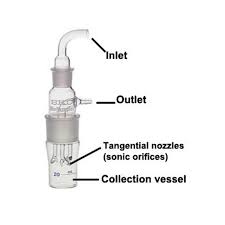
The following are the steps for operating an impactor microbial air sampler:
- Place the Petri plate of standard size (90 mm ✕15 mm) inside the microbial air sampler.
- Turn the sampler on using the ON/OFF switch in the operation control panel.
- Adjust the sample volume to the desired amount using the operation panel’s + or – sign or arrow sign.
- Press the Start button to begin sampling. The red LED light symbolizes the equipment is running.
- Press the Stop button to stop the sampling process. Some may have the option of presetting the duration for sampling.
- Remove the Petri plate and incubate it at the appropriate temperature and air condition for 18-24 hours to observe the growth of viable organisms. An extended period of incubation may require for fungal growth.
Parts of impactor microbial air sampler
The parts of the impinger microbial air sampler are as follows:
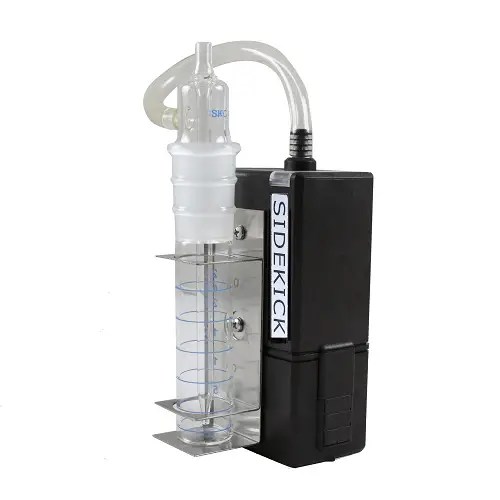
- Inlet: It directs air into the vessel.
- Outlet: It directs air outside of the vessel.
- Collection vessel: The air is collected in a container with a liquid medium.
- Tangential nozzles: It is the part that comes in contact with the liquid medium, and their presence help in impinging air to the surface of the liquid.
- Pump: It helps in providing pressure and direction for the air.
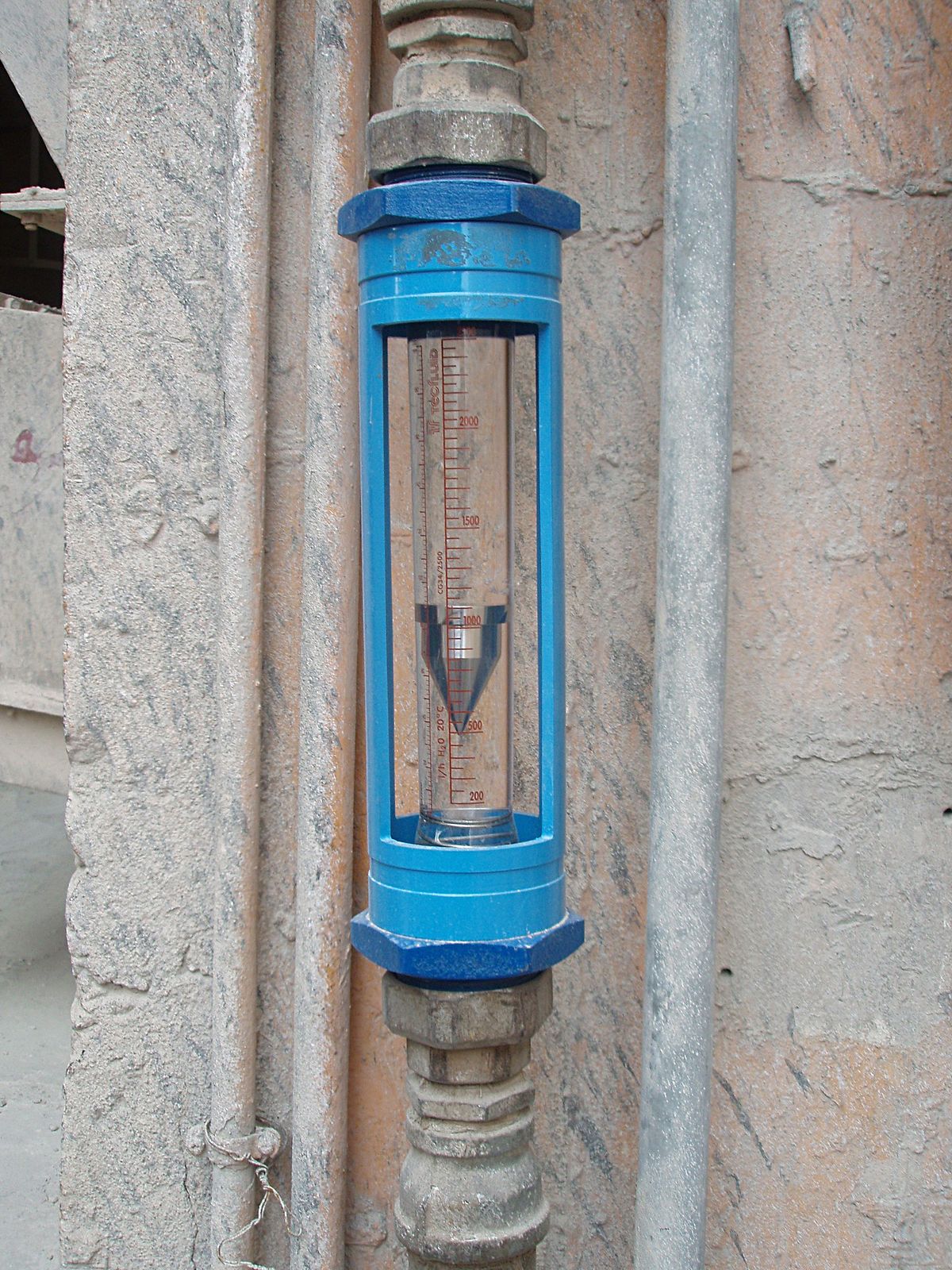
Extra accessories required
- Vial: It is required to transfer the liquid medium after sampling to the incubator.
- Rotameter: It is a device used to calibrate an impinger microbial air sampler. It measures the volumetric flow of the liquid in closed containers.
Operating an Impinger Microbial Air Sampler
- Charge the pump for at least 48 hours before use.
- Install the impinger holder inline to attach the impinger.
- Separate the two parts of the impinger and place the bottom part in the impinger into the holder.
- Pour the proper amount of sampling medium. Then place the top part of the impinger into the bottom part.
- Attach one end of the tube to the pump and the other to the impinger’s side port or outlet port.
- Turn on the pump and record the duration from the turning on of the pump.
- Once sampling is completed, turn off the pump, and transfer the liquid medium into a vail.
- Label and tighten the vial and then incubate the vessel at appropriate conditions to determine the number of viable microorganisms.
Calibrating Impinger Microbial Air Sampler
In the case of the impinger microbial air sampler, only the airflow needs to be calibrated from time to time. The following are the steps for calibrating the impinger microbial air sampler.
- Preheat the pump for at least 48 hours before calibration.
- Secure the impinger holder in the pump and place the bottom part of the impinger in the tube holder.
- Pour the desired amount of distilled water into the bottom and place the impinger’s top part on the bottom.
- Then attach the tube just like the sampling method.
- Attach a rotameter in the top part or inlet part of the impinger.
- Note the value in the rotameter; if the rate needs to be adjusted, turn the screw on the pump.
- Correlate the value with the calibration standard provided in the rotameter.
Things to consider
- From time to time, sterilization and cleaning are necessary for the equipment.
- Calibrating the microbial air sampler before and after use is suggested.
- Selecting the correct type of cultural media is essential.
- Temperature and humidity may bring change in the final result of viable microorganisms.
Uses of Microbial Air Sampler
- Indoor air quality monitoring: It helps collect active air quality monitoring samples. Indoor air quality monitoring is essential, especially in hospital settings, microbiological laboratories, hospice care facilities, pharmaceutical industries, and food industries.
- Research purposes: Since air carries harmful substances, air sampling can be helpful in various research, like research related to airborne illness.
- Sterility testing: Air quality is the topmost test performed as a part of sterility testing in the food and pharmaceutical industry, so a microbial air sampler is handy for sterility testing in such sectors.
- Microbial Air Samplers. Sarstedt. (n.d.). Retrieved October 28, 2022, from https://www.sarstedt.com/en/products/laboratory/environmental-technology/microbial-air-samplers/
- Air Sampler: Microbial Clean Room Air Monitoring Equipment. Emtekair Microbial Air Samplers. (n.d.). Retrieved October 28, 2022, from https://emtekair.com/
- Napoli, C., Marcotrigiano, V. & Montagna, M.T. Air sampling procedures to evaluate microbial contamination: a comparison between active and passive methods in operating theatres. BMC Public Health 12, 594 (2012). https://doi.org/10.1186/1471-2458-12-594
- NAL3. (2022, January 24). How to use an air sampler for microbial air contamination monitoring. IUL. Retrieved October 28, 2022, from https://iul-instruments.com/using-air-sampler-microbial-air-contamination/
- P100 Portable Microbial Air Sampler Users Manual. Emtekair. (n.d.). Retrieved October 28, 2022, from https://emtekair.com/pdf/P100_Users_Manual_MAY2016-FW1.095-web1.pdf
- LA637 Air Sampling Systems. HiMedia Laboratories. (n.d.). Retrieved October 28, 2022, from https://www.himedialabs.com/HML/images/literature/pdf/100000023/18.pdf








